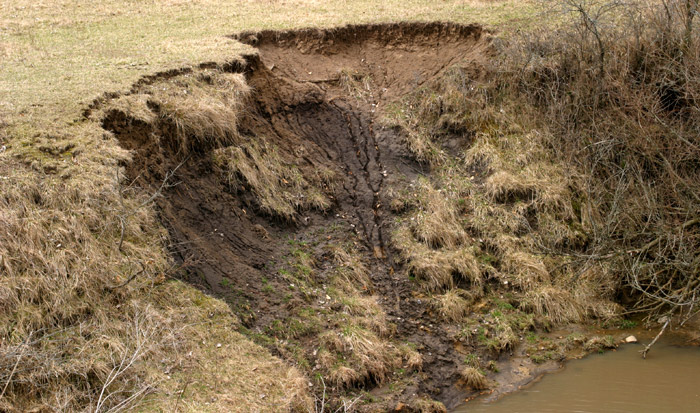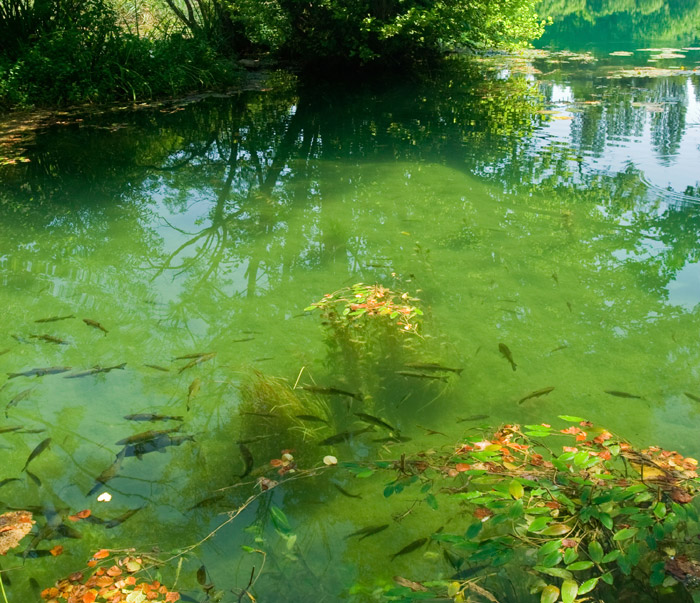Erosion Control
Improperly managed stormwater can result in downstream hydrologic impacts such as erosion along existing drainage courses, flooding of adjacent low lying areas, and sedimentation/contamination of receiving waters (including ecological areas such as wetlands and estuaries, recreational areas such as lakes and rivers, and/or surface water supplies of drinking water).
These impacts can be minimized, if not effectively avoided, through better site design using Permeable Pavers and PICP systems.

Source: Drake, Jennifer and Tim Van Seters “Evaluation of Permeable Pavements in Cold Climates” Toronto and Region Conservation Authority (TRCA), December 2012.
Reduced Thermal Impacts on Receiving Waters
Under predevelopment conditions, stormwater that infiltrates into the ground stays at a relatively constant temperature; conversely, post development stormwater runoff from impervious areas can be very hot in the summer months and extremely cold in the winter months. These temperature extremes can have a devastating effect on aquatic organisms.
Many fish species can be harmed by acute temperature changes of only a few degrees. That is why the Independence & Security Act (2007) requires that predevelopment temperatures be maintained from all Federal development or redevelopment.
With PICP systems, the water is stored below ground, so the thermal temperature impacts are nominal.
Studies conducted at North Carolina State University verified that both warm and cold thermal buffering were provided by shallow infiltration systems like PICP, therein reducing frequency of harmful temperatures.
Source: Wardynski, B.J., R.J. Winston, W.F. Hunt. 2012. “Thermal Mitigation Potential of Permeable Pavements”, LID Research Summit.


